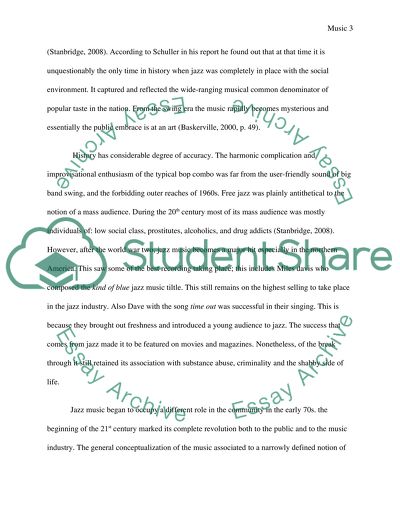Cite this document
(“To what extent is 'free jazz' really free Essay”, n.d.)
To what extent is 'free jazz' really free Essay. Retrieved from https://studentshare.org/music/1477113-to-what-extent-is-free-jazz-really-free
To what extent is 'free jazz' really free Essay. Retrieved from https://studentshare.org/music/1477113-to-what-extent-is-free-jazz-really-free
(To What Extent Is 'free jazz' Really Free Essay)
To What Extent Is 'free jazz' Really Free Essay. https://studentshare.org/music/1477113-to-what-extent-is-free-jazz-really-free.
To What Extent Is 'free jazz' Really Free Essay. https://studentshare.org/music/1477113-to-what-extent-is-free-jazz-really-free.
“To What Extent Is 'free jazz' Really Free Essay”, n.d. https://studentshare.org/music/1477113-to-what-extent-is-free-jazz-really-free.


